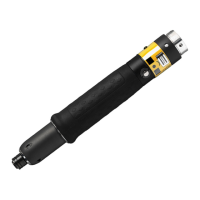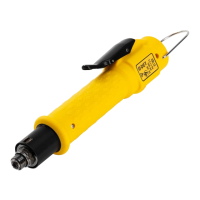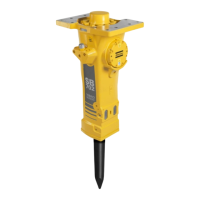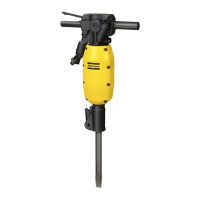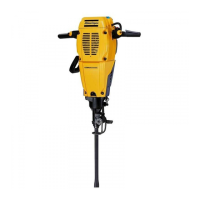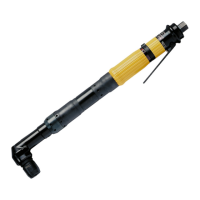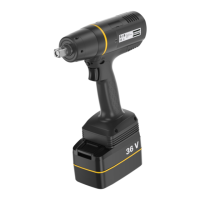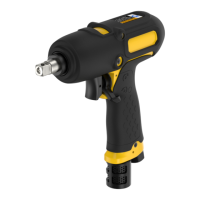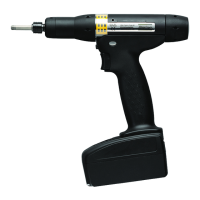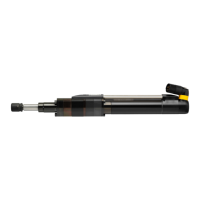Tightening
9836 3521 01 333
6.5.4.10 Check torque rate
Parameters: T Start (Torque Start), T Stop (Torque Stop), A Start, A Stop, TRL (Torque rate low), TRH
(Torque rate high) , Dev (Deviation), Falling Edge , Type
Function: Measures and checks the Torque Rate (TR), that is, the ratio of torque vs. angle during a
single step or zone.
Measuring is started when the angle Astart has elapsed from that torque reached the value
Torque Start. If Falling Edge is checked the measurement of Astart is started when the
torque falls below Torque Start. This is point (A1, T1).
Point (A2, T2) is the point where measuring is stopped, that is, when any of the following
conditions first is met:
- when the torque reaches the value Torque Stop
- when the angle measured from Torque Start reaches Astop
- when the torque reaches final torque, that is, the end of the step. This point is used only if
both Torque Stop and Astop are empty.
Torque Start, Torque Stop, Astart, and Astop are all optional. If Torque Start is left
empty, then Astart is measured from the start of the step. Leaving Astart empty is equal to
setting Astart to zero. Leaving Torque Stop and/or Astop empty deactivates the
respective check as stop conditions.
Depending on the setting of Type, different methods are used to calculate the Torque Rate:
Type ‘Least Square’:
The check calculates a straight line with least square method using 15 points evenly spread
between the angles A1 and A2, the points A1 and A2 are always included. The minimum
distance between two points is 2 deg, so if the total angle between A1 and A2 is less than
28 degrees fewer points are used.
Type ‘Two point’:
The Torque Rate is calculated as: TR = (T2 – T1) / (A2 – A1)
The formula for the calculated line is:
T = TR * A + m, there T is the torque, A the angle and TR the calculated Torque Rate.
The calculated TR is checked to be within the limits TRH and TRL.
This function also checks that the torque does not deviate more than Dev from a straight
line between the points (A1, T1) and (A2, T2). The Deviation in sample k, DEV(k), is
calculated as:
DEV(k) = ABS[T(k) – (A(k) * TR + m)]
The highest found deviation is reported in the result variable TorqueRate Dev.

